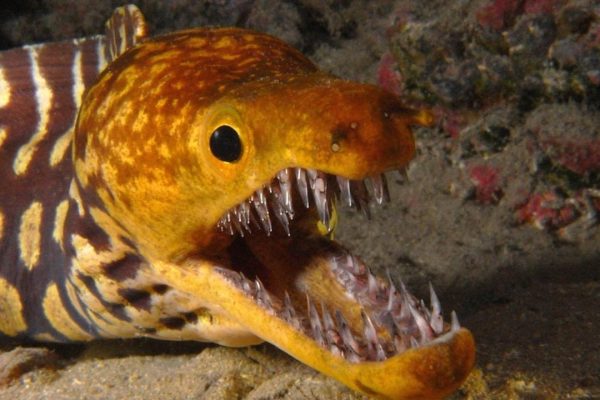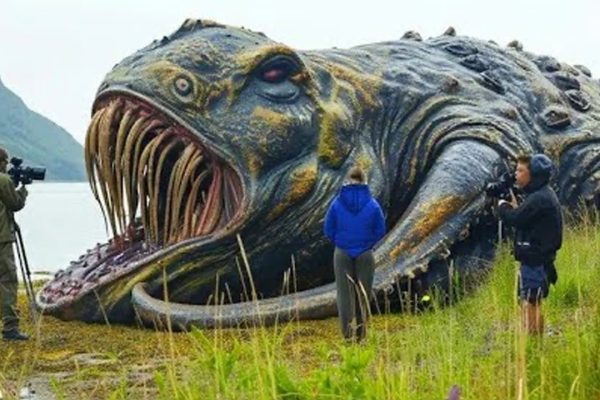
🌍🔥 Top 10 Most Unusual Life Forms That Live in Extreme Environments ❄️🌋
Life thrives in the harshest conditions, from the deepest ocean trenches to the driest deserts. These extreme environments have shaped some of the most bizarre and resilient organisms on Earth, pushing the boundaries of biology. Scientists study these life forms not only to understand their survival mechanisms but also to explore the possibilities of life…

